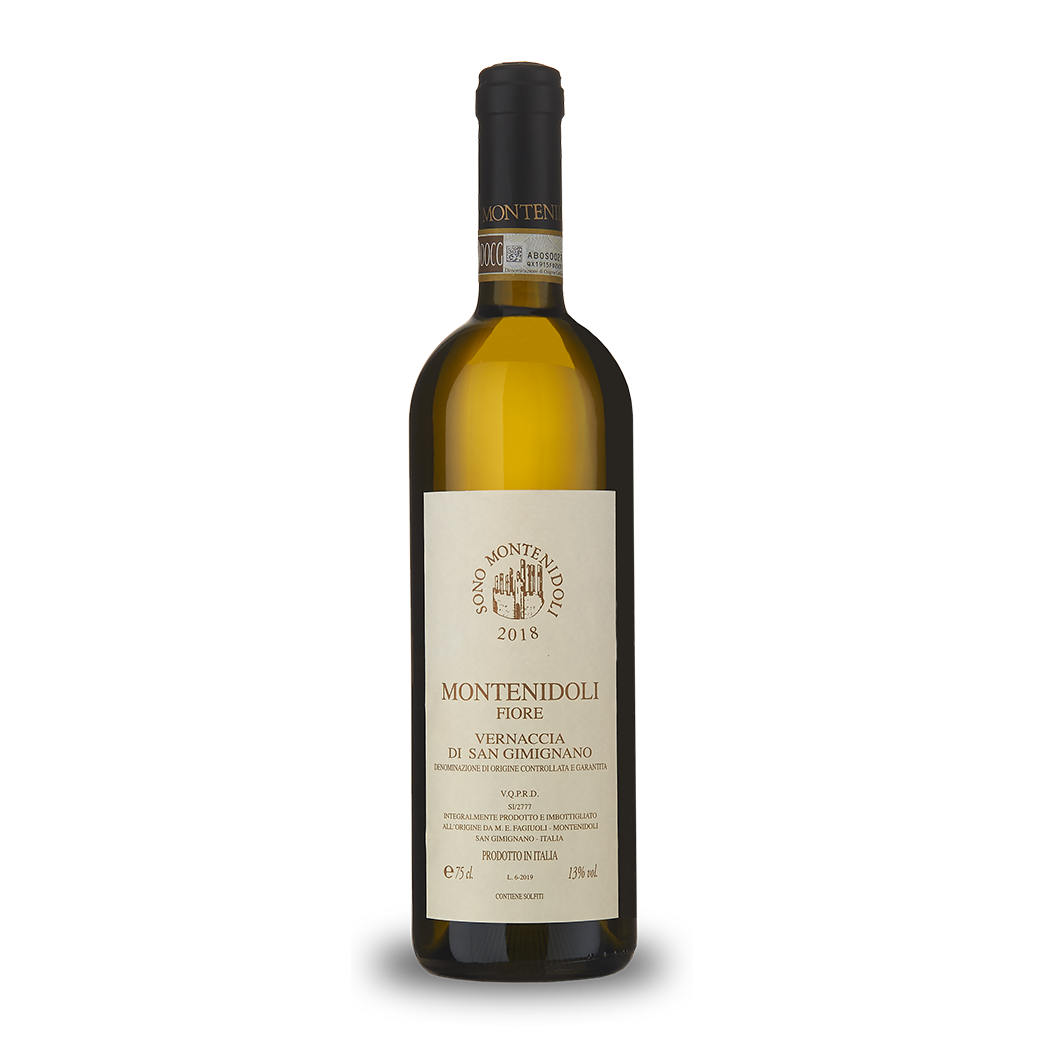Montenidoli
Montenidoli: 200 ha/500 ac of woods on the hill overlooking San Gimignano, in front of the Chianti Classico, between Florence and Siena. It is an unpolluted land, high upon the hill, in clean air, away, far away, from any chemical poison invented by humans.
When they arrived, in 1965, the land was abandoned: the woods had invaded the fields, the olive trees were running wild, the vines were covered by the bushes. They committed themselves to the soil, and tried their best for a new beginning. They began to breed rabbits as their manure was very good for fertilizing the soil; they bought worms that they spread in the fields to make humus and soften the earth. They pruned only in winter when the vegetation was dormant. All the cuttings were ground and fermented to make a compost to go back to fertilize the plants. They followed the rules of nature that are dictated by the weather, the days, the seasons.
During the Quaternary period, the Ligurian sea covered the valleys of this part of Tuscany with shallow, calm waters. An ideal place for the growth of crustaceans and molluscs.
They were the first inhabitants of Montenidoli and left their precious heritage. The white, sandy soil of the lower part of the hill, between 250-400 meters / 270-450 yards above sea level, is made of the remains of the shells; it is calcareous and rich in marine sediments: the mother of their white wines.
In the upper part of the hill, between 400-600 meters / 450-650 yards above sea level, they find the cavernous rock of the Triassic period. The water penetrates for 200 meters / 220 yards into the holes and makes a basin. The land floats on a large salt-water sea. The soil is red and very rich in different minerals: it is ideal for their red wines. The Sangiovese acquires a unique taste; the wine is vinified separately, aged in wood and put in magnums. This is the Triassico that is sold in order to support the Foundation.
Woods cover the entire hill: ancient oak-trees, evergreen ilex, flowering ashes that bloom in spring, with their fruit in summer and beautiful coloured leaves in autumn.
There are numerous ash trees, called "the manna ash" due to the white clouds of flowering, during spring; its fruits, its summer leaves are edible; its mantle lights up with dazzling colors during autumn. There are maritime pines and Austrian pines, to the delight of squirrels.
There are also pitch pines and umbrella pines for the happiness of squirrels. There is a great variety of bushes, similar to the Mediterranean scrub: myrtle, juniper, the strawberry tree, and broom. The ground is rich in microelements and provides mushrooms in autumn and winter, and always many flowers: hellebores, violets and cyclamens, marigolds and daisies – a great variety of essences and perfumes that invade the cultivated plots of olive trees and vineyards.
In his histories Herodotus tells us how the son of the king of Lydia, Tirreno, during a year of famine, prepared boats in Smirne, filled them up with seeds and rootstocks, and with his companions, sailed towards a new “Far West”.
They landed on the coast of the Adriatic Sea and crossing Umbria they arrived in Tuscany. They were the Etruscans: happy and joyful people that knew how to cultivate vines, make wine and pour it into their precious cups during their banquets. They lived at Montenidoli, planting olive trees and the rootstock of their vines. The house of Montenidoli was first built by them: they found the keystone of an Etruscan arch nearby.
Montenidoli: 200 ha/500 ac of woods on the hill overlooking San Gimignano, in front of the Chianti Classico, between Florence and Siena. It is an unpolluted land, high upon the hill, in clean air, away, far away, from any c...
Filters
Filters








